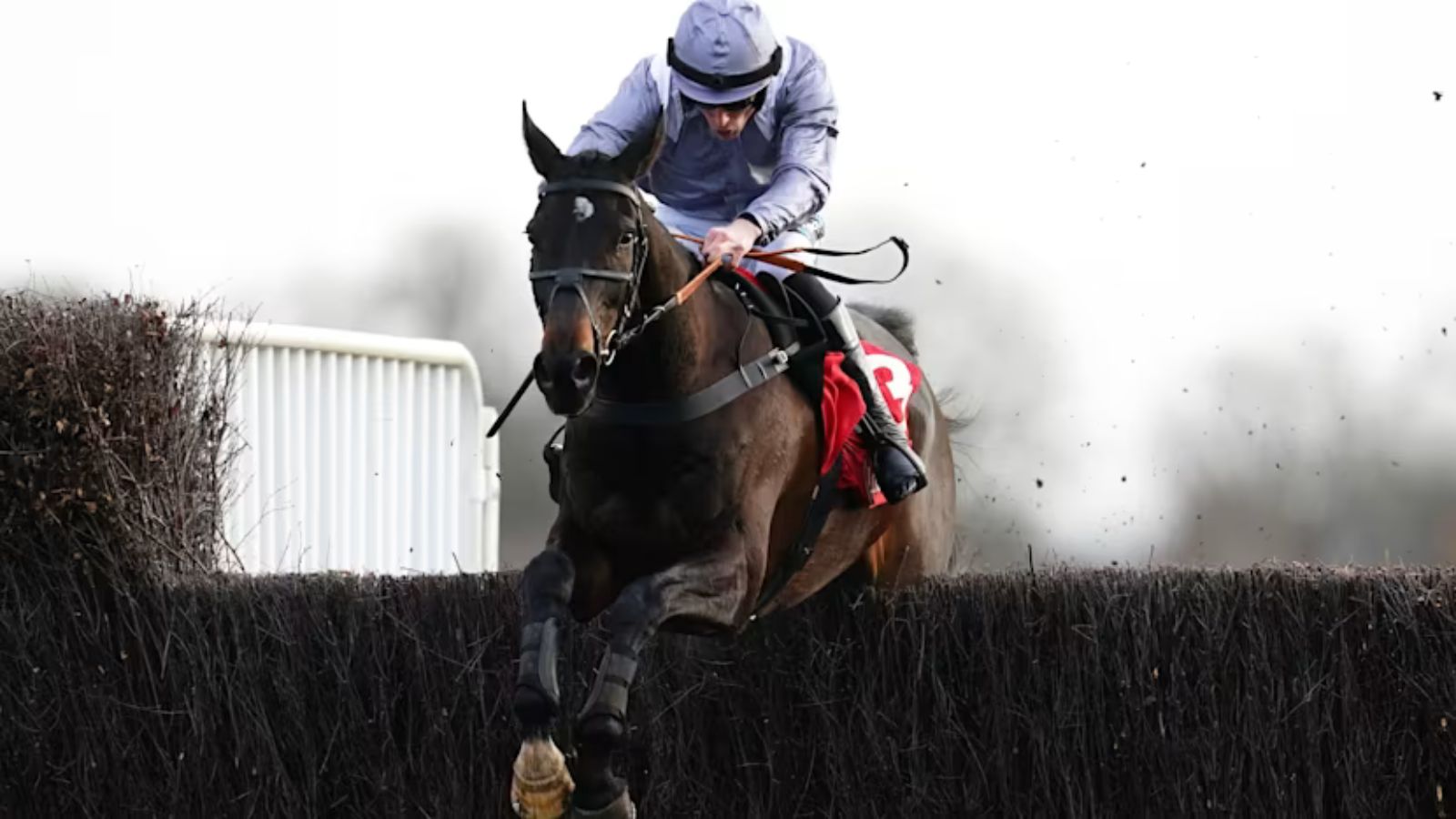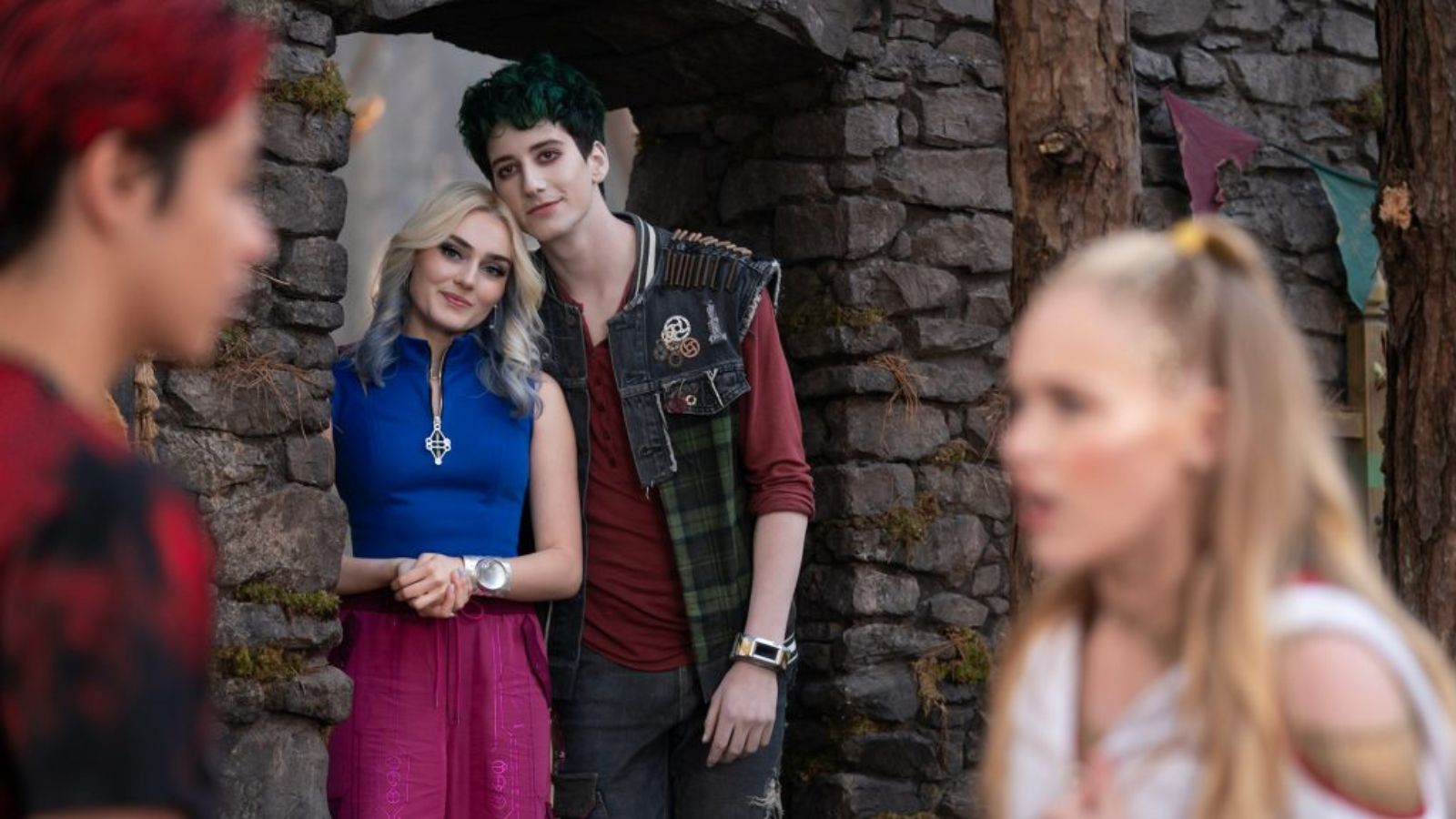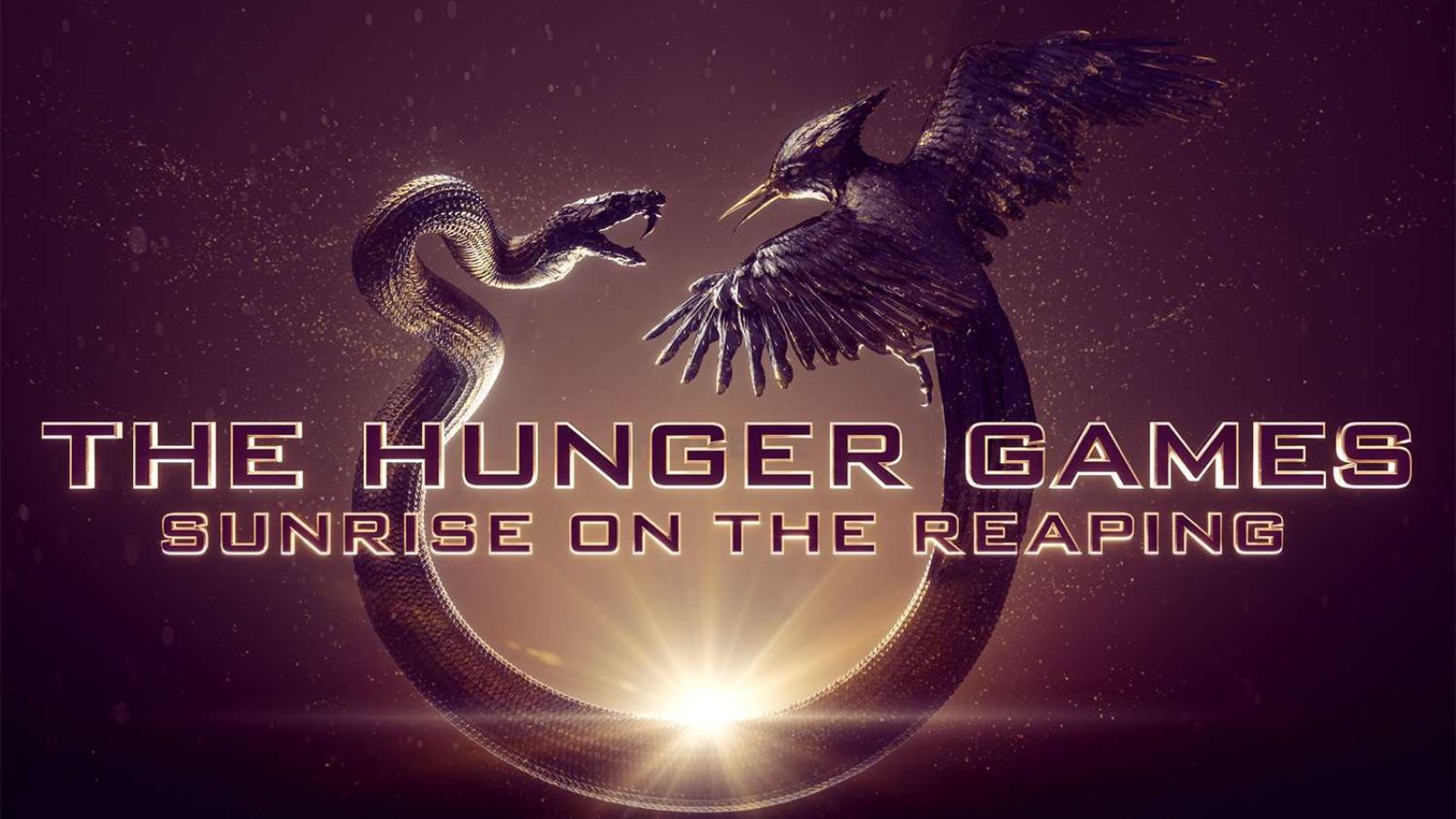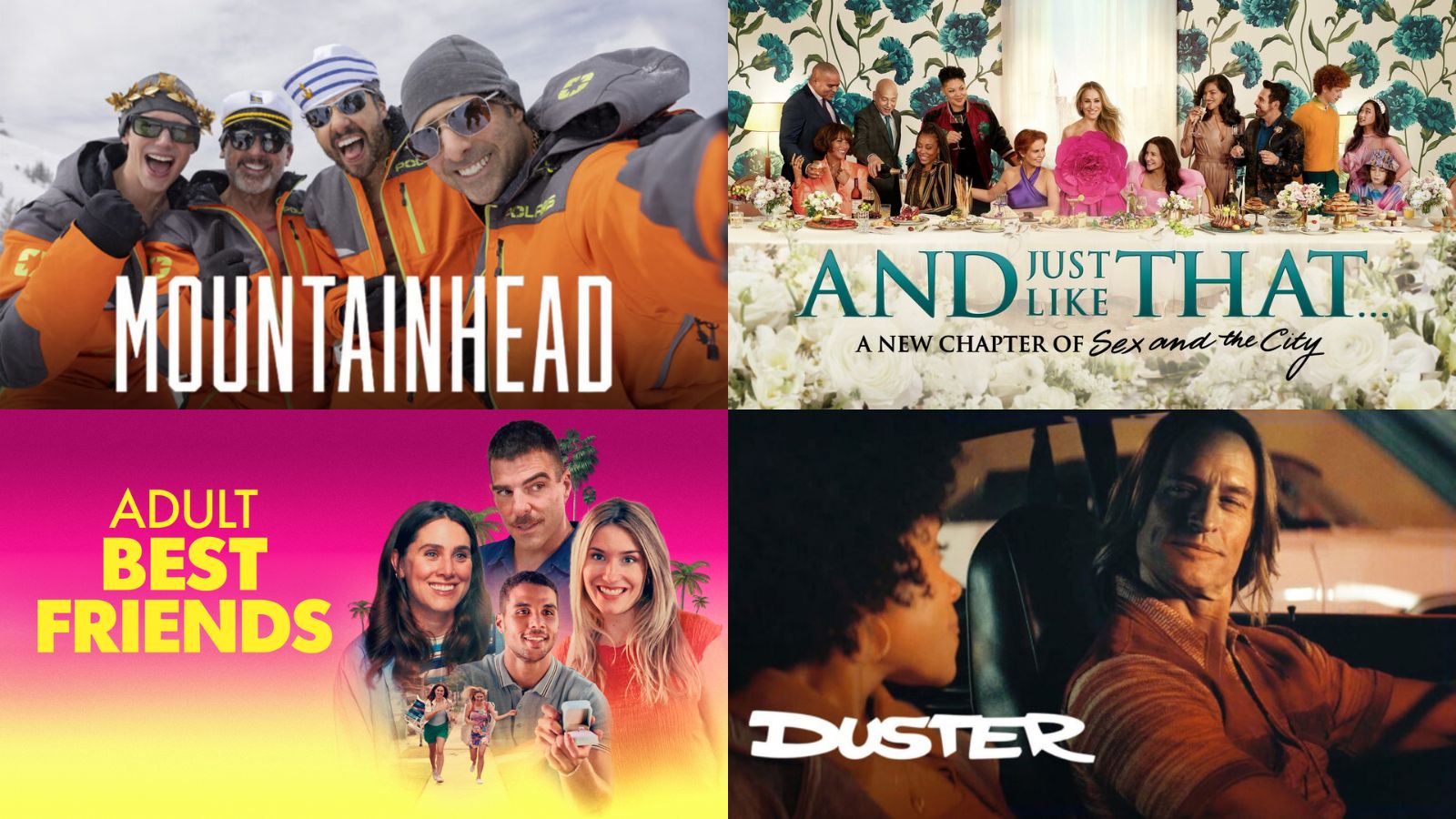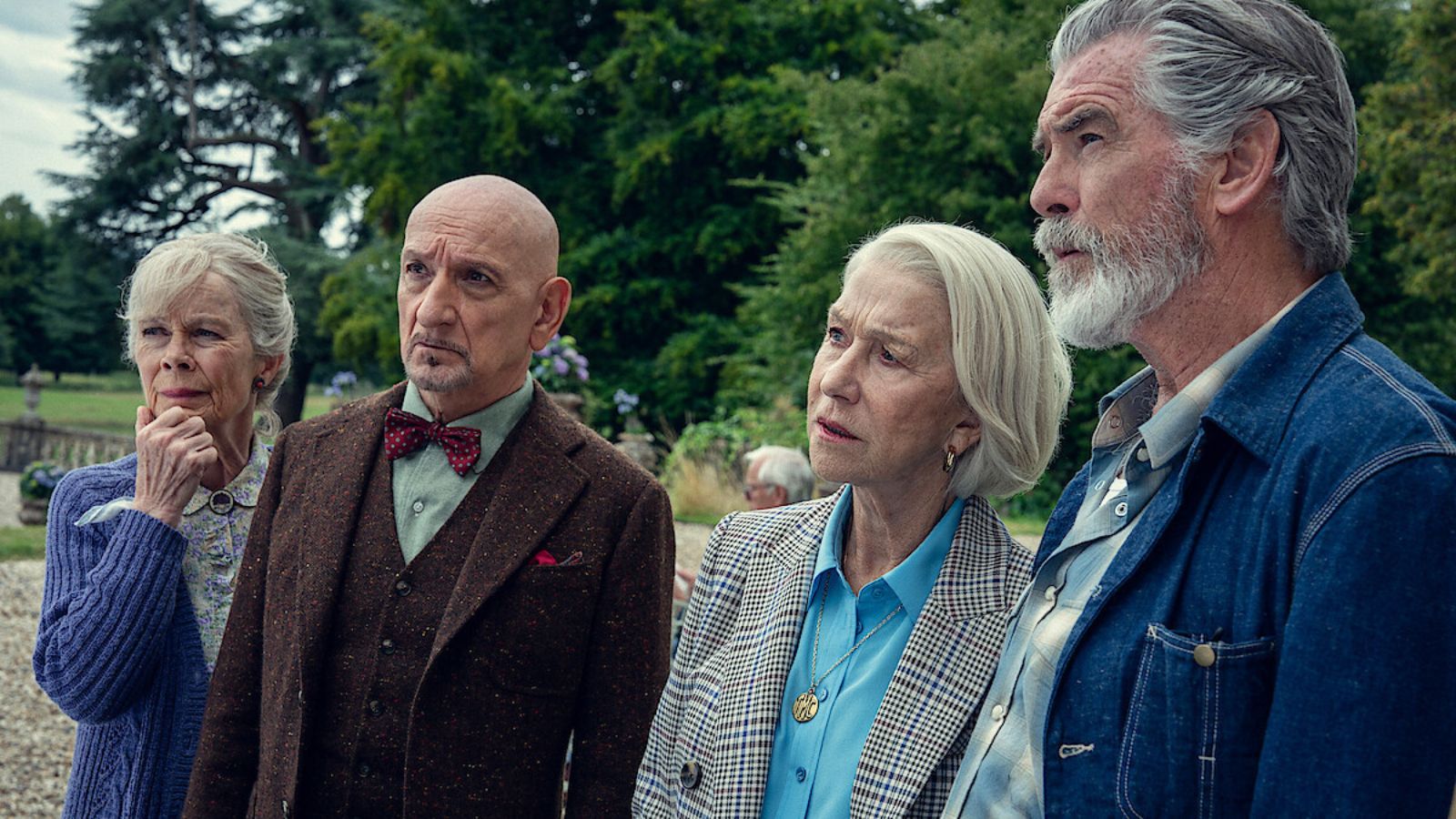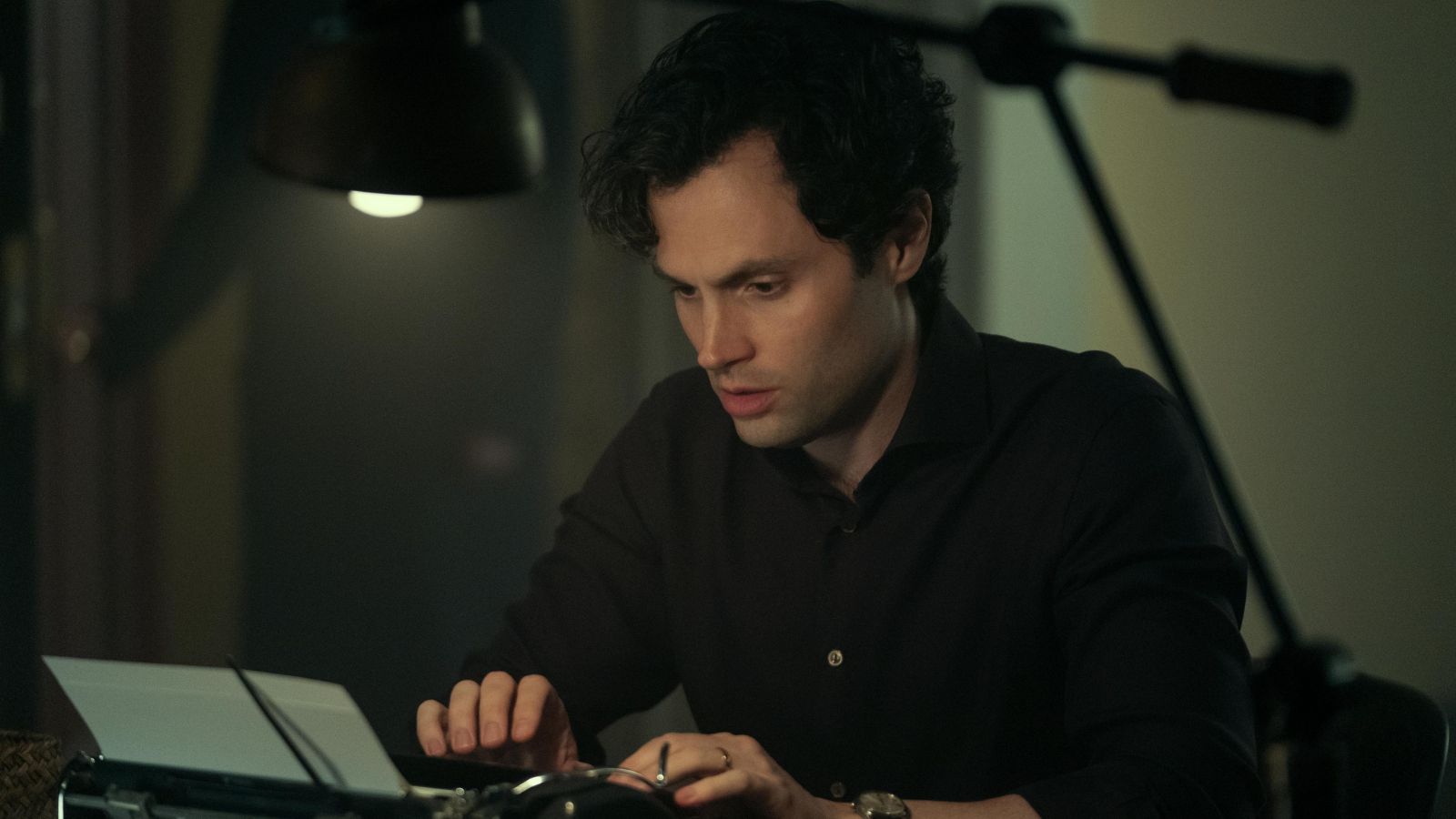
YouTube Introduces a More Accurate and Fairer Copyright Claim System
- YouTube will now ask reporters to point at the exact video portion where the copyright infringement occurs.
- This will prevent automated and bulk content ID claims and repeat abusers will lose access to the system.
- This is a win for the creators and the YouTube community, but more needs to be done still.
YouTube has finally listened to the overwhelming community feedback that asked for something to be done with the scourge of the automated content ID claims and introduces new requirements that will render copyright protection more targeted and far more valid. More specifically, those who submit an infringement claim will now have to also provide the relevant timestamps for the exact part of the video where the copyright infringement occurs. When a reporter is found to be submitting inaccurate, wrongful, or non-timestamped reports, YouTube will revoke their access to the manual claims system.
This essentially puts an end to content ID abuse, which is something that has plagued the platform for such a long time now. Only recently, we saw how the channel “WatchMojo” has decided to threaten content ID abusers with actual lawsuits, as they have had enough dealing with hundreds of unfair takedowns on a daily basis, causing them to lose money and risk their success on YouTube. While the platform acknowledged that the content ID system was often subject to rampant abuse, they didn’t do anything to protect the creators from falling victims of that abuse, and so channels had to appoint lawyers to defend themselves.
Similarly, a boxing YouTube channel sent a lawyer to UFC, demanding that they stop sending unfair takedown notices for using still images of videos that belong to the latter. Even more characteristically, at the start of the year, we saw how scammers took advantage of YouTube’s non-existent report reviewing procedures, extorting channels by abusing the platform’s three-strikes policy. While YouTube stepped in to resolve the situation in the presented example case, there are hundreds of creators who weren’t lucky enough to receive the same attention and got banned or extorted or both.
YouTube’s Product Manager, Julian Bill, has stated that this is only the beginning in a series of actions towards the direction of making the copyright claims system more fair for both parties. As he wrote: “Our work won't stop here. We're always looking to find ways to improve the creator copyright experience while also balancing the rights of copyright owners.” Hopefully, we’ll see more confirmation steps that will add validity to the copyright infringement reports, and also an “objection system” that will allow the creator to express their demur by providing substantial proof/evidence of why the report doesn’t stand.
What are your thoughts on the above? Share your comments in the dedicated section beneath, or join the discussion on our socials, on Facebook and Twitter.
